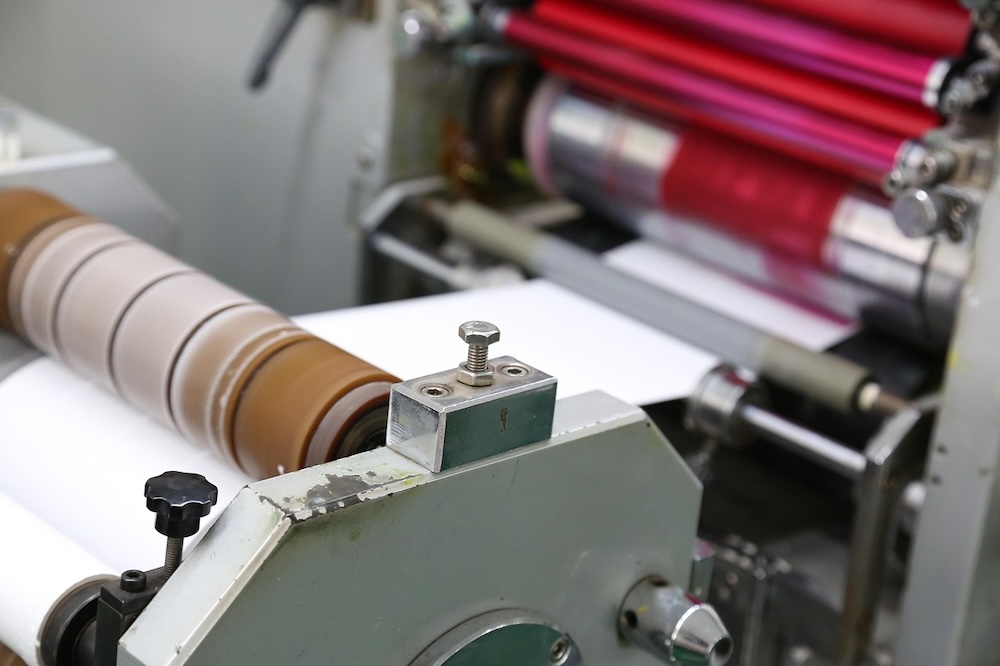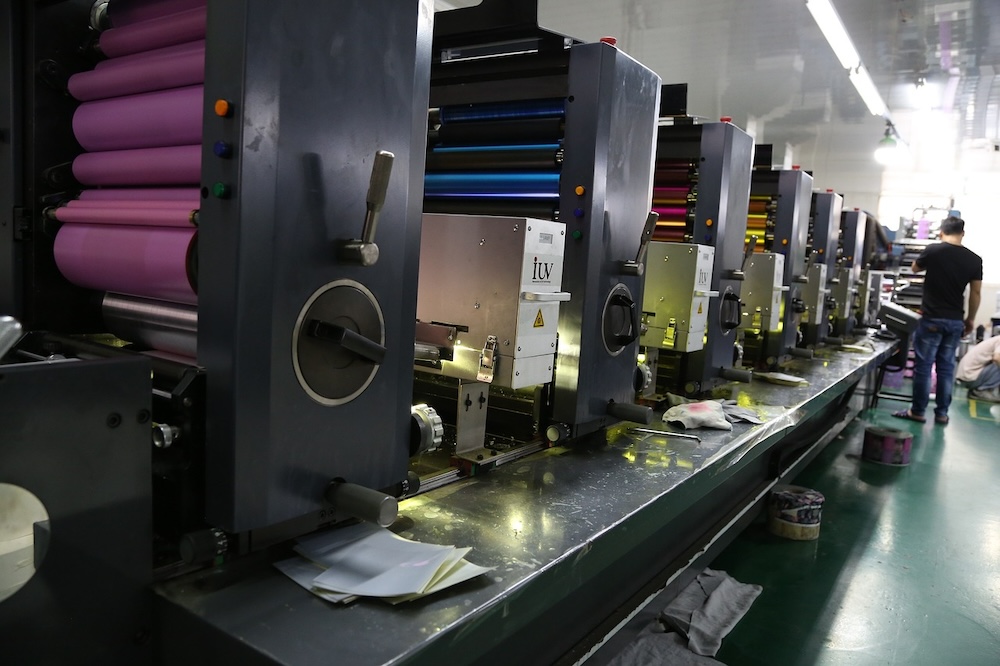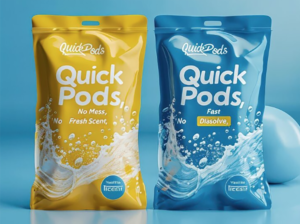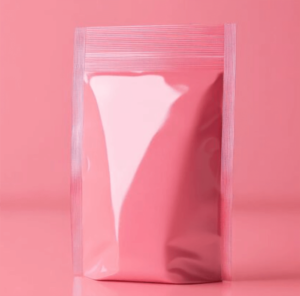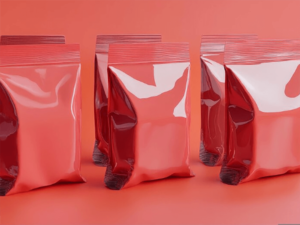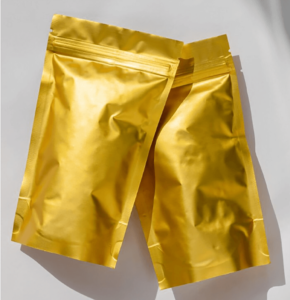Offset printing is one of the most widely used printing methods in the world, especially for high-volume commercial printing such as magazines, newspapers, brochures, and packaging. But have you ever wondered why it’s called “offset printing”? This blog will delve into the history, mechanics, and reasoning behind the term “offset printing” and explore why it remains a dominant printing technology today.
The Birth of Offset Printing
The term “offset printing” dates back to the early 20th century, but its origins are deeply rooted in the evolution of printing technologies. To understand why it’s called “offset,” we need to look at its precursor—lithographic printing.
Lithography, developed in the late 18th century, was one of the first printing methods to use a flat surface. Rather than raising or carving out images like traditional relief printing (such as woodblock printing), lithography relies on the fact that oil and water don’t mix. A design would be drawn on a flat, smooth stone or metal plate with a grease-based ink. Then, water would be applied to the surface, adhering to the non-image areas, while the greasy ink only stuck to the design.
The problem with early lithographic printing, however, was that the image would be transferred directly from the plate to the paper. Over time, this resulted in wear and tear on the plates, leading to degradation of quality.
In the early 1900s, a major innovation by Ira Rubel led to the development of offset printing. Rubel was experimenting with printing technology when he accidentally discovered that if he used a rubber roller to transfer the ink from the metal plate to a rubber blanket and then onto paper, it produced a clearer and more consistent print. This breakthrough process allowed for higher-quality prints, longer-lasting plates, and the ability to print on a wide range of materials.
Why is it Called “Offset”?
The term “offset” comes from the fact that the ink image is not transferred directly from the plate to the paper, as it is in traditional lithography. Instead, the image is “offset” onto a rubber blanket first, and then transferred to the paper. This indirect transfer method reduces wear on the printing plates and results in sharper, cleaner prints.
In essence, the image is offset from the plate to the blanket, and then to the paper. This indirect process helps prevent issues like smudging and ensures better ink distribution across the printing surface. The use of a rubber blanket, which conforms to uneven surfaces, also means that offset printing can be used to print on various materials, including paper, cardboard, plastics, and even metal sheets.
How Does Offset Printing Work?
The offset printing process generally involves the following steps:
- Plate Preparation: In offset printing, the design is transferred onto a metal plate. The plate is then treated so that the image areas attract ink, while the non-image areas are water-repellent.
- Ink Application: Ink is applied to the plate, and the image areas attract the ink, while the water-repellent areas remain clean.
- Offsetting to the Blanket: The inked plate is then pressed onto a rubber blanket, transferring the image to the blanket.
- Transfer to Paper: Finally, the rubber blanket is pressed against the paper or other printing material, transferring the inked image onto the surface.
The result is high-quality, precise prints that can be produced quickly and cost-effectively in large volumes. This flexibility and efficiency have made offset printing the industry standard for printing projects that require large-scale production.
Advantages of Offset Printing
- High-Quality Prints: Offset printing produces crisp, sharp images and text with consistent color quality, which is why it’s used for high-end commercial printing.
- Cost-Effective for Large Volumes: Offset printing is highly cost-effective for large print runs because it minimizes the cost of plates once the setup is complete.
- Versatility: Offset printing can be used on various materials, including coated and uncoated papers, cardboard, plastic, and even metals. This flexibility makes it ideal for packaging, promotional materials, and more.
- Speed and Efficiency: Once the press is set up, offset printing allows for fast printing with high precision. This is particularly beneficial for commercial printers handling large orders.
Applications of Offset Printing
Offset printing is widely used in a range of industries due to its efficiency and superior quality. Some common applications include:
- Newspapers and Magazines: With the demand for high volumes and sharp text, offset printing remains the go-to method for newsprint and magazine printing.
- Packaging: From food and beverage labels to cartons, offset printing is frequently used for packaging materials where print quality is crucial.
- Business Materials: Brochures, business cards, catalogs, and flyers often rely on offset printing for their professional look and feel.
- Books and Commercial Printing: Any large-volume printing project where consistency and clarity are important often uses offset printing.
Why Offset Printing is Still Relevant Today
Despite the rise of digital printing, offset printing remains a dominant force in the printing industry due to its combination of efficiency, cost-effectiveness, and ability to produce high-quality prints. While digital printing is ideal for small runs and personalized printing, offset remains the go-to method for large production runs, particularly when high-quality results are a must.
In summary, the name “offset printing” is derived from the method by which ink is transferred from the printing plate to the paper, with the intermediary step of transferring the ink to a rubber blanket before it reaches the final material. This indirect process allows for more precise, high-quality prints, making offset printing one of the most reliable and widely used techniques in commercial printing.
Key Takeaway: Understanding why offset printing is called “offset” and how it works helps businesses choose the right printing method for their projects. Whether you need large-volume printing for packaging or high-quality marketing materials, offset printing remains an industry standard because of its efficiency, versatility, and ability to produce sharp, consistent results.

